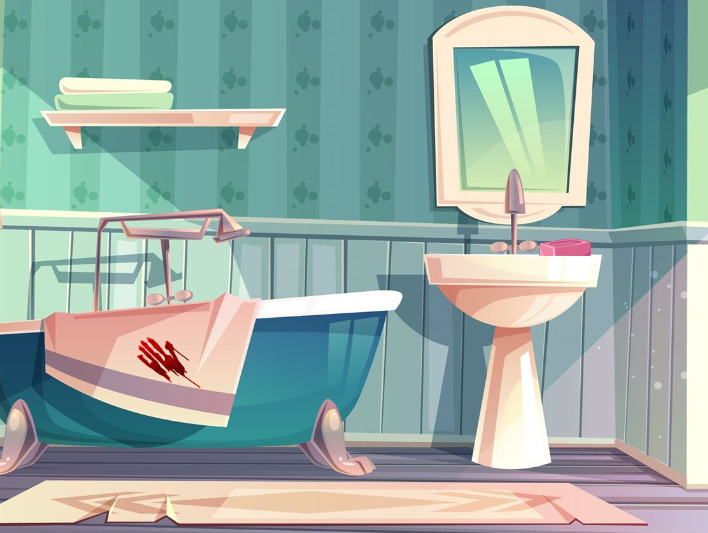eLearning: Forensic Fingerprinting
Graduate Coursework: eLearning Design and Development
Software: Articulate Storyline
Date: September 2021
Situation: As part of the eLearning Design and Development course, I created an introductory eLearning module on Forensic Fingerprinting for a hybrid forensic science course at a local community college. The module aimed to introduce students to essential concepts in forensic fingerprinting, including types of impressions, fingerprint patterns, and basic minutiae.
Task: I was responsible for designing and developing an engaging and informative eLearning experience for introductory forensic science students. This involved the creation of comprehensive design documents, user experience specifications, and content development, all while ensuring the course met the educational needs of the students.
Action: I applied systematic design principles to deliver the module using Articulate Storyline. The project included developing content prototypes, designing a logical course flow, and creating interactive elements. I worked to ensure the course was accessible, engaging, and informative by incorporating instructional design best practices. For example, I designed content to present fingerprinting concepts clearly and utilized interactive elements like clickable diagrams and quizzes to reinforce learning.
Result: The finished module provided students with a solid foundation in forensic fingerprinting. It was well-received and offered a comprehensive introduction to key forensic concepts. Based on user feedback and my ongoing learning, I have identified several areas for future improvement, as mentioned below.
Planned Edits and Future Improvements: While the module provides a solid foundation, I’ve identified several areas for future refinement based on user feedback and ongoing learning. A new storyboard reflecting these changes is currently in development. These improvements include:
- Interactivity: Change to a storyline concept. The learner is an assistant in a forensic science lab, guided by a seasoned crime lab technician.
- Screen Resolution & Slide Size: Adjusting the slide size to 1920×1080 for better compatibility across devices, optimizing content for modern screens, and defaulting to a 16:9 aspect ratio.
- Navigation: Designing custom navigation from the outset, eliminating built-in navigation, and enhancing visibility with cues.
- Text & Presentation: Animating text to reduce visual clutter and incorporating voiceovers to complement written content, improving engagement and clarity.
- Menu and Layout: Simplifying the menu or incorporating a more intuitive design, potentially with a hamburger-style menu to enhance usability.





